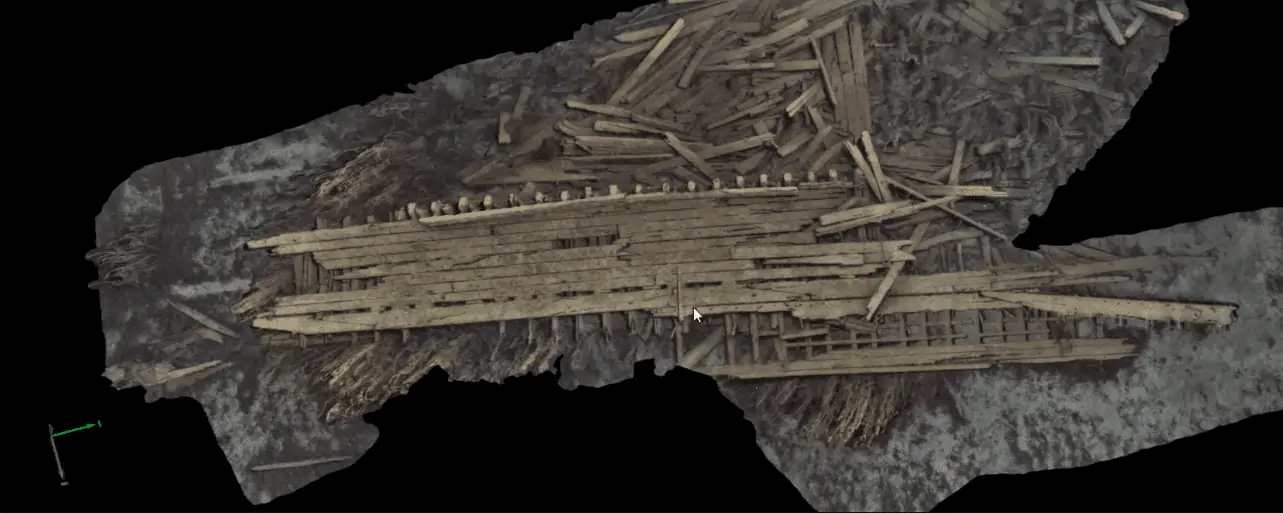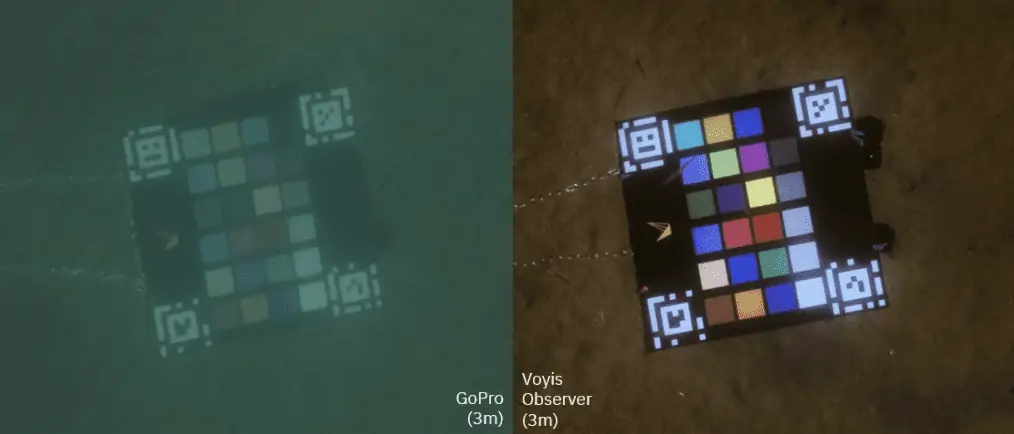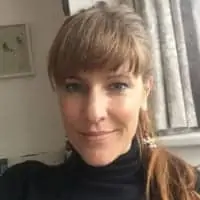Voyis endeavors to produce underwater imagery where the effects of the water medium are entirely removed. The goal is to produce underwater images with colors shown as they would be perceived in air and enabling explorers to visualize the true color of subsea assets, and uncover details not prevalent with standard cameras.
In this first part of the ‘Color Imaging Series’ Voyis discusses the use of color correction technology and the development of survey-grade imaging solutions suitable for a range of unmanned applications.
Underwater Color Absorption
In order to understand the challenges with color image correction underwater, we must first understand the problem. Humans perceive color based on how different wavelengths of light (color channels) reflect off objects and reach our eyes. In air, all color channels (red, green, blue) are absorbed roughly equally. Which means, an object like a wooden ship is perceived as brown because it reflects mostly red and green wavelengths.
However, since the red wavelengths are absorbed more by water, the perceived color of the shipwreck is altered. Standard cameras are not designed to account for this underwater color shift, as their color formation model neglects the strong wavelength dependency of light underwater.
Therefore, our goal is to produce underwater images with colors shown as they would be perceived in air. Explorers are able to visualize the true color of subsea assets, and uncover details not prevalent with standard cameras.
Another challenge for a survey-grade color correction solution is consistency. An image dataset for photogrammetry has features that must match in the image sequence when observed from different perspectives (different times). At each perspective, both the perceived color of the feature will have changed (different distance) and the lighting distribution will be altered, as the artificial light source moves relative to the feature. A solution must therefore balance both color reproduction effectiveness, and image-to-image consistency.
Solution
To address this complex problem, Voyis has developed a survey-grade imaging solution suitable for a range of applications. Leveraging machine learning to efficiently train a color Correction Model for the current survey location.
The first step towards this goal is collecting raw stills images. An unaltered image information that is recorded before the camera applies its air-based color formation model.
With the Voyis imaging system, once an image dataset is collected in a new environment, it can be inputted into ViewLS Data Module software to train a Correction Model. A file is saved which can be both applied to correct the current dataset, as well as loaded onto the imaging system for real-time correction in similar environments.
Though real-time image correction is often preferred, carried out onboard the stills camera users can also use the raw images in post-processing to further optimize the results.
The result is highly effective at accurately adjusting an image’s color channels. And also ensuring sequential images are consistent in both illumination and color by using a generalized model.
This correction transformation is shown in the below image set. The raw monochrome image is first undistorted, then finally corrected to its true color with the application of the Correction Model.
Since the images have been consistently corrected to remove all aspects of the water medium – color, lighting, and distortions – the output dataset can be directly utilized in terrestrial photogrammetry software. Thus producing incredible wide-area image maps (orthomosaics) and 3D models. The model below was created in Pix4D software by simply dropping in a set of images collected from two passes over the wreck.
When the color reproduction is validated against standard color charts, we see a drastic improvement over a camera using standard image color formation. The below comparison shows a color chart captured at 3 meters range in clear coastal waters, using a standard GoPro camera and the Voyis Observer Micro.













